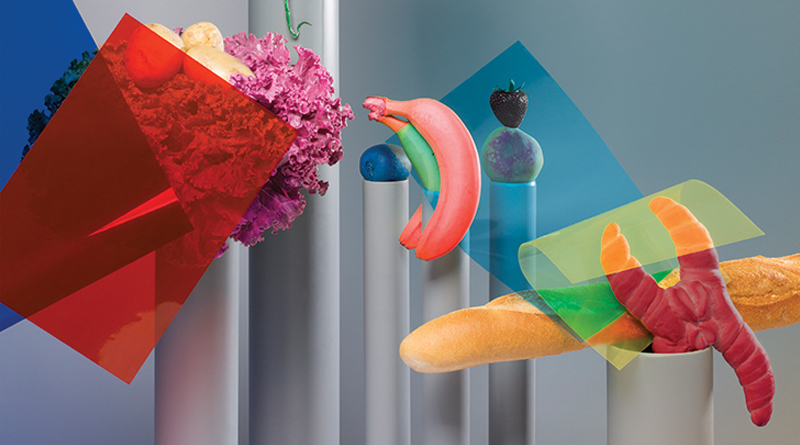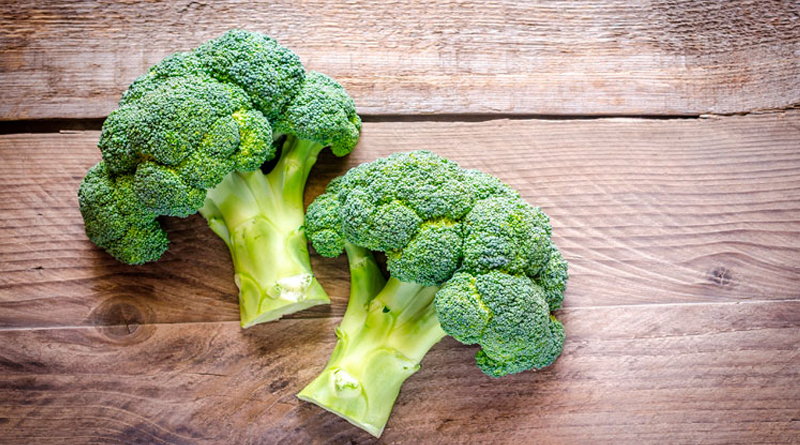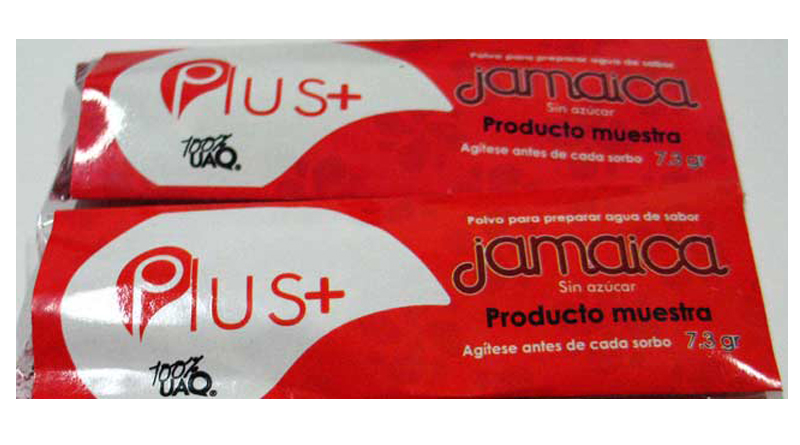Color can impact the taste of food, and our experiences and expectations can affect how we taste food, according to a study published in Food Quality and Preference.
“The color of a beverage can impact how we think it should taste,” said John Hayes, associate professor of food science and director, Sensory Evaluation Center, Penn State. “For example, yellow is commonly associated with drinks that are more sour, like lemonade, whereas red is associated with drinks that are more sweet, like sports drinks.”
The Penn State researchers wondered how people learn color-taste associations, and whether people could be taught new color-taste associations. They created solutions that tasted bitter, sweet, sour, or savory, and paired each one with a unique color, such as green for sweet or red for bitter. The researchers had participants taste the colored liquids over four different sessions, then gave the participants uncolored solutions and asked them to taste and choose a color for each.
Participants matched the correct color and taste 59% of the time, significantly higher than the researchers expected from random chance, which would have been 25%. It surprised researchers how quickly some participants learned to associate new colors with different tastes.
After showing that they could teach new color-taste associations to their participants, researchers then tested whether people could distinguish between three different bitter tastes—caffeine, quinine, and Tetralone, a hop extract found in beers. They repeated the experiment with a new group of study subjects and assigned unique colors to each bitter chemical, such as yellow for caffeine and green for quinine. However, after four lab visits, participants could not match the colors to their corresponding bitter compounds any better than expected by chance.
Although the research did not get the results they expected, they still were intrigued by how quickly some participants learned new color-taste associations in the first experiment. The researchers continue to study how people associate taste with color, noting that while some participants were quick learners, others were not.
“This finding could indicate that some people learn color-taste associations well, while others might be more resistant to changes or new color-taste associations,” said Molly J. Higgins, doctoral candidate in food sciences at Penn State. “This might have implications in the food industry if a company were to launch a new flavored product with a color. Some consumers might not learn or accept a new color and flavor pairing as well as others.”
Source: IFT








